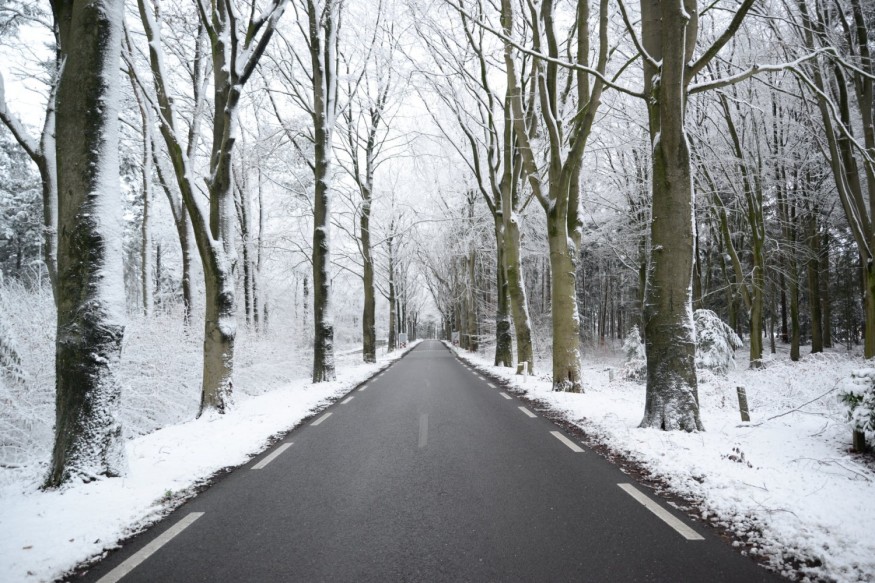
In a new study published in Lake and Reservoir Management, researchers from the Ausable River Association and the Adirondack Watershed Institute monitored the water quality of Mirror Lake.
They found that road salt runoff prevented spring mixing of the water column, creating more anoxic water conditions that limited habitat availability of the native lake trout. This finding could also potentially provide insight into how other urban lakes in the New York State may respond to road salt pollution.
"Mirror Lake is the first in the Adirondack Park to show an interruption in lake turnover due to road salt", says Dr. Brendan Wiltse from Ausable River Association, who led the study.
Mirror Lake, located in the Village of Lake Placid, is the most developed lake within the Adirondack Park - a publicly protected area greater than Yellowstone, Yosemite, Glacier, and Grand Canyon National Parks combined.
Like many northern temperate lakes, Mirror Lake experiences 'dimictic' turnover - a natural process where wind and less stratified water conditions (layers of different temperature and density) of spring and fall allows mixing of the water column that redistributes oxygen and nutrients throughout the lake.
High levels of surface-water chloride were first noticed in Mirror Lake in 2014 when it was surveyed as part of the Adirondack Lake Assessment Program, and so the following year, Wiltse and colleagues began monitoring Mirror Lake more intensely.
Bi-weekly measurements of dissolved oxygen, specific conductance, temperature and pH was collected at 1-meter intervals at the point of maximum depth (18 m) from December 2015 through to January 2018. Sampling continued at monthly intervals when the lake was ice covered, but bi-weekly sampling was resumed as soon as possible to capture both spring and fall mixing events.
Wiltse and his team noticed that Mirror Lake completely mixed seasonally except for the spring of 2017. Concentrations of chloride were highest in the deepwater during the previous winter because of road salt application in the Adirondack watershed. These conditions persisted into the summer due to a lack of spring mixing, which left distinct density differences in the water column.
"This resulted in a longer duration and spatial extent of low oxygen conditions in the deepwater," explains Wiltse.
The lack of mixing and oxygenation concerned the researchers because of what it means for fish species such as lake trout, which require cold, oxygenated water to survive and have been declining across their native range in New York State.
"It may also put the lake at a higher risk of algal blooms due to internal phosphorus loading", says Wiltse. "If the lake were to stop mixing in the fall it is possible the lake would experience a winter fish kill," he continues.
While there was not enough historical data to determine when the onset of reduction in turnover began, the team speculates it may have been occurring as far back as 2001.
As to why we're seeing road salt contamination in Mirror Lake, Wiltse explains it's likely due to urbanization and lake size.
"The combination of its small size, concentrated development around the lake, and direct discharge of stormwater to the lake are the primary causes of the high chloride concentrations and reduction in mixing," he says.
Wiltse suspects that conditions may be similar in other lakes elsewhere in the state but argues that more monitoring is required to determine the extent.
"The year-round monitoring occurring at Mirror Lake is unique in the Adirondack Park and not particularly common across the state", says Wiltse. "It is likely that more urban lakes are experiencing this phenomenon but have not been sufficiently studied", he continues.
Meanwhile, the researchers are confident that rapid restoration of natural turnover in Mirror Lake is possible if road salt application in the watershed is reduced.
"A reduction in salt application of 30-40% may be enough to restore turnover of Mirror Lake," says Wiltse, and the recovery would occur in the following spring.
© 2025 NatureWorldNews.com All rights reserved. Do not reproduce without permission.





